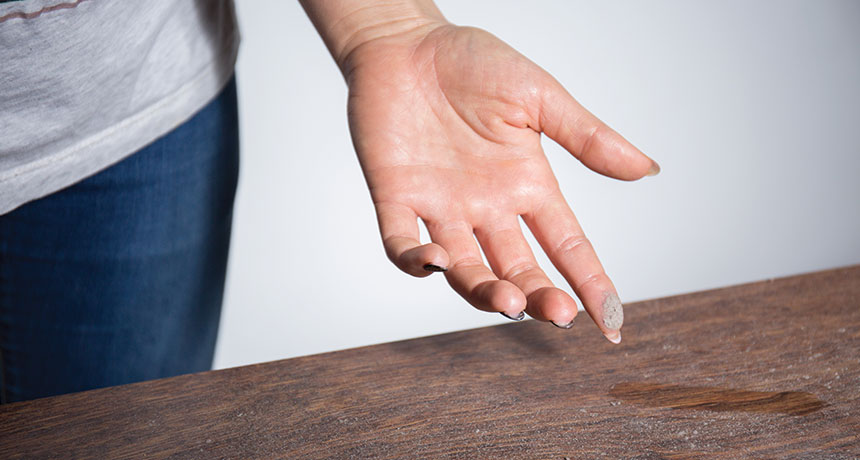Dust components may promote obesity
But indoor particles’ health impacts remain fuzzy

PLUMP PARTICLES Fats lurking in house dust can activate a protein in human cells that researchers think plays a key role in obesity.
Photographee.eu/Shutterstock







